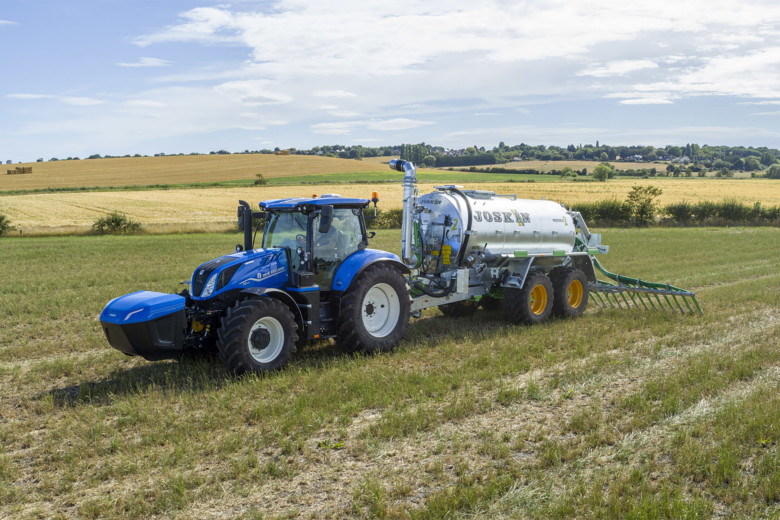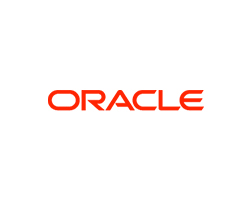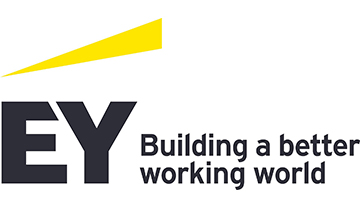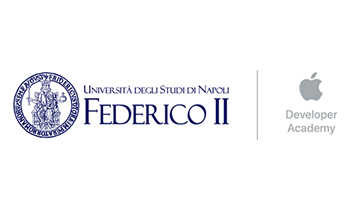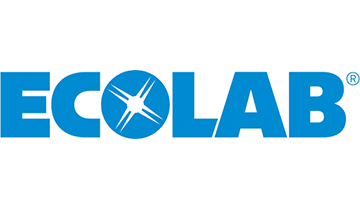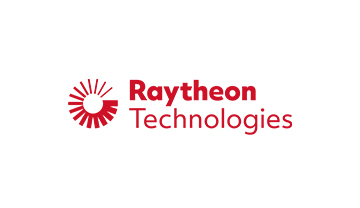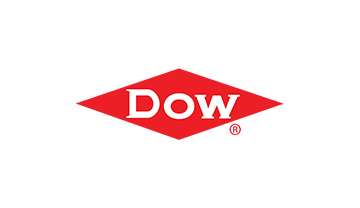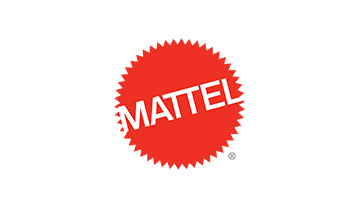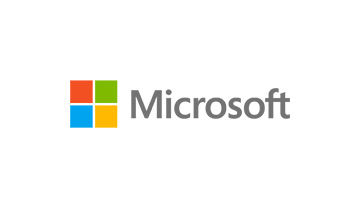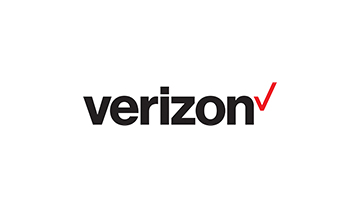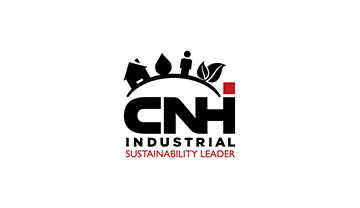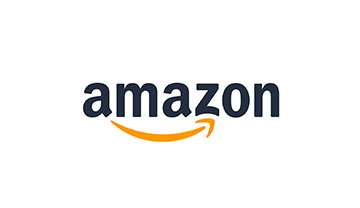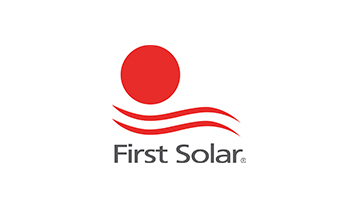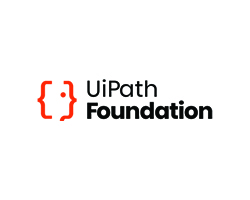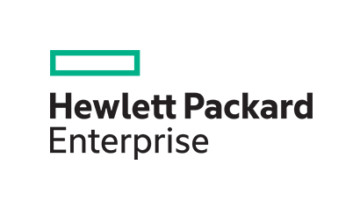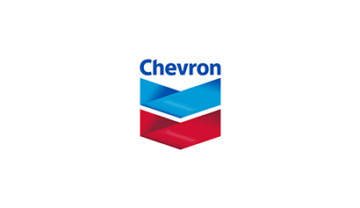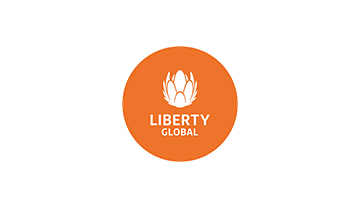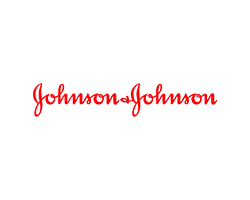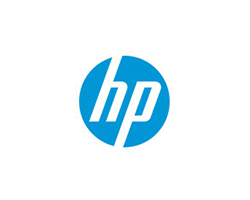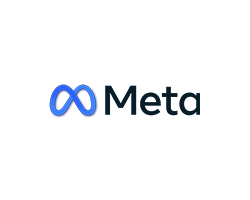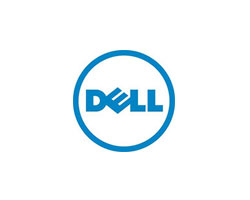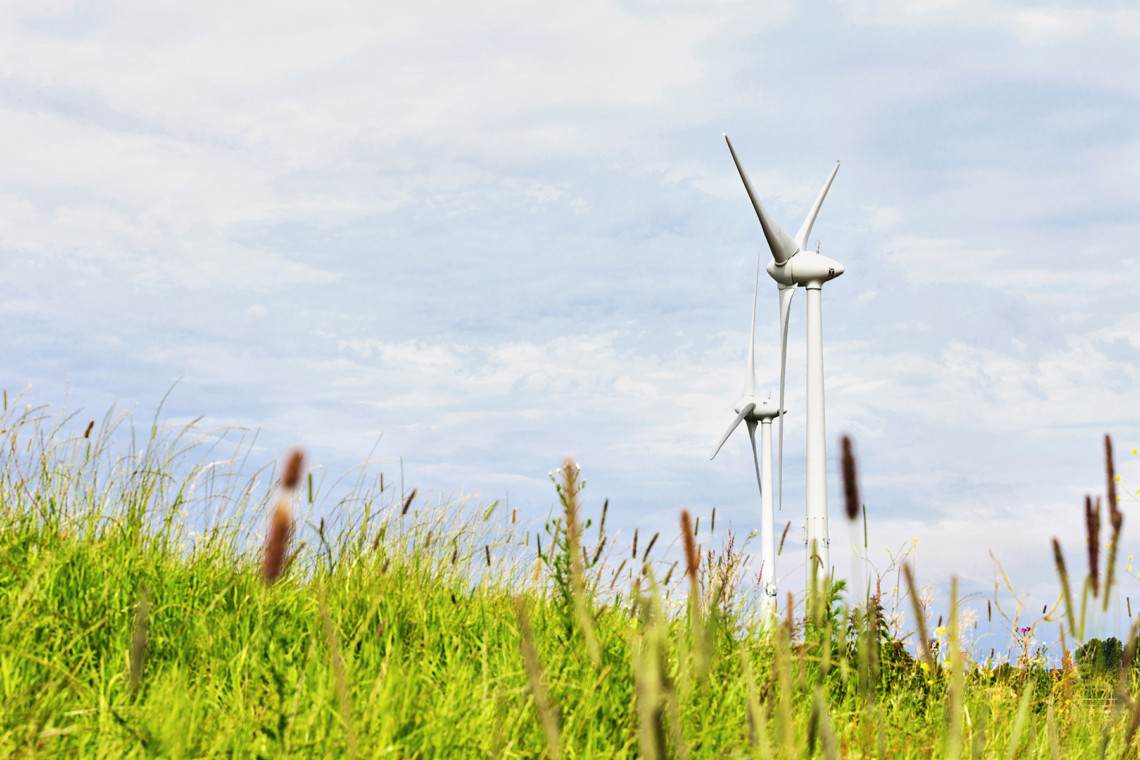
Through its Green Deal and commitment to global climate action under the Paris Agreement, Europe recognises that climate change is the biggest challenge of our times and wants to make it easier for countries to deploy renewable energy.
There is no doubt that the share of renewables in Europe’s energy mix will only increase. The European Union wants to get at least 32% of its energy from renewable sources by 2030 and is aiming to be climate-neutral by 2050.
However, today’s energy networks are not all ready for the variable nature of renewable energy sources. The supply of power fluctuates because the sun doesn’t always shine throughout the day, and sometimes the wind doesn’t blow.
To keep stability in the energy system, there has to be a balance between production and consumption of energy. Cisco has developed technology solutions to help address fluctuating supply of power and maintain that much needed equilibrium.
In Germany and across the world, energy providers use Cisco’s routers connected to the utility infrastructure to reach a secure and modular network. They embed the technology within their infrastructure and secondary substations, which transform power to safe levels for residential and business customers.
Thanks to Cisco’s technology, utility providers can collect, visualise and efficiently analyse critical data on the network and the flux of energy entering and leaving that grid. This allows for prediction on how much energy is available or consumed at a given time to keep stability in the energy system.
They can also connect weather sensors to Cisco’s industrial routers to help synchronise live weather updates to their control centres. This is just another example of how extending a network beyond traditional spaces can help businesses get new insights from the data they collect.
But it’s not just for businesses. Citizens too can benefit from this technology. It can be applied to neighbourhoods to help them become energy self-sufficient and climate neutral by exchanging energy with each other. The findings and processes can then be transferred and scaled up to other neighbourhoods and regions.
Cisco continuously innovates with IoT solutions to build better technology for a better, more energy efficient, sustainable and inclusive future.



